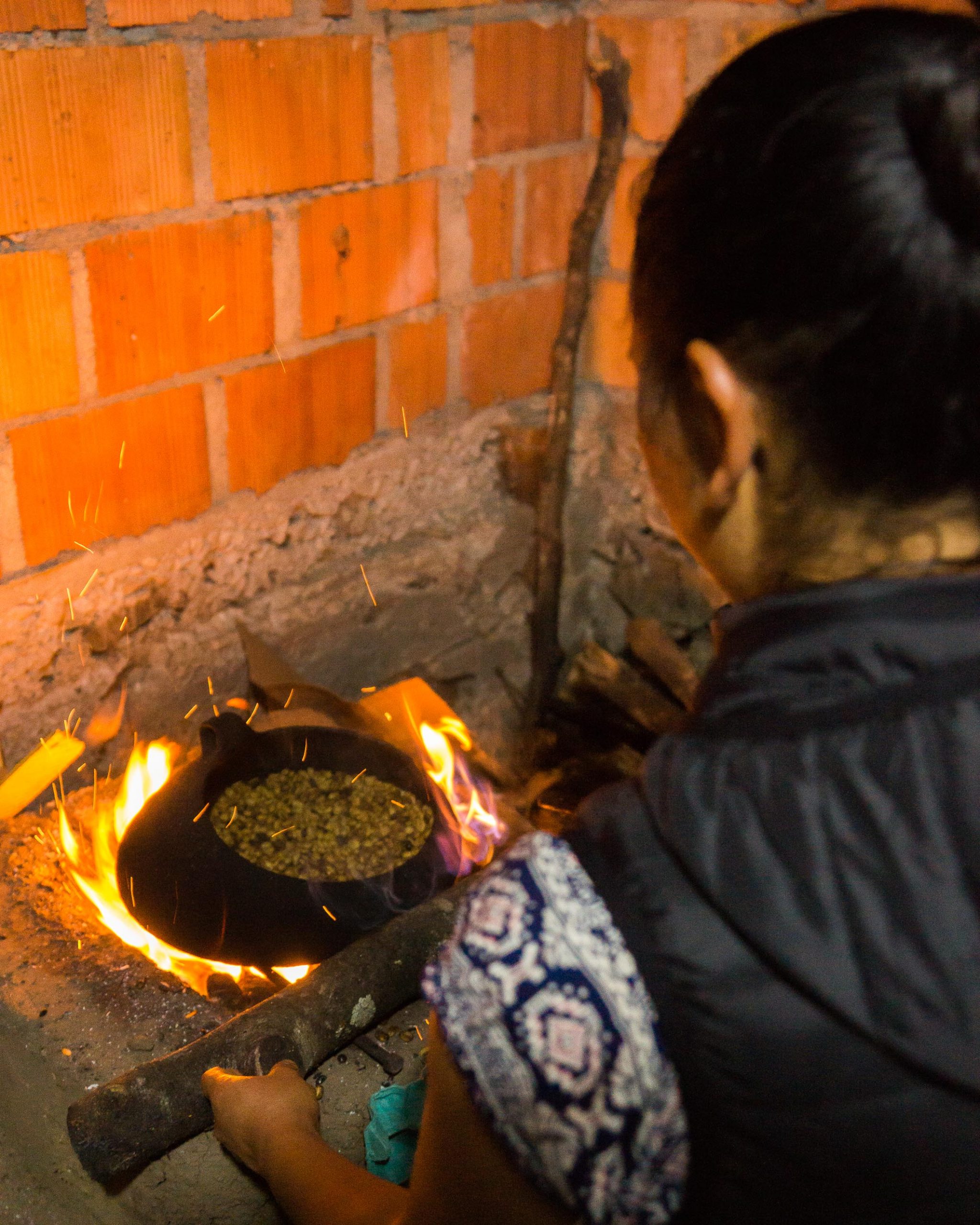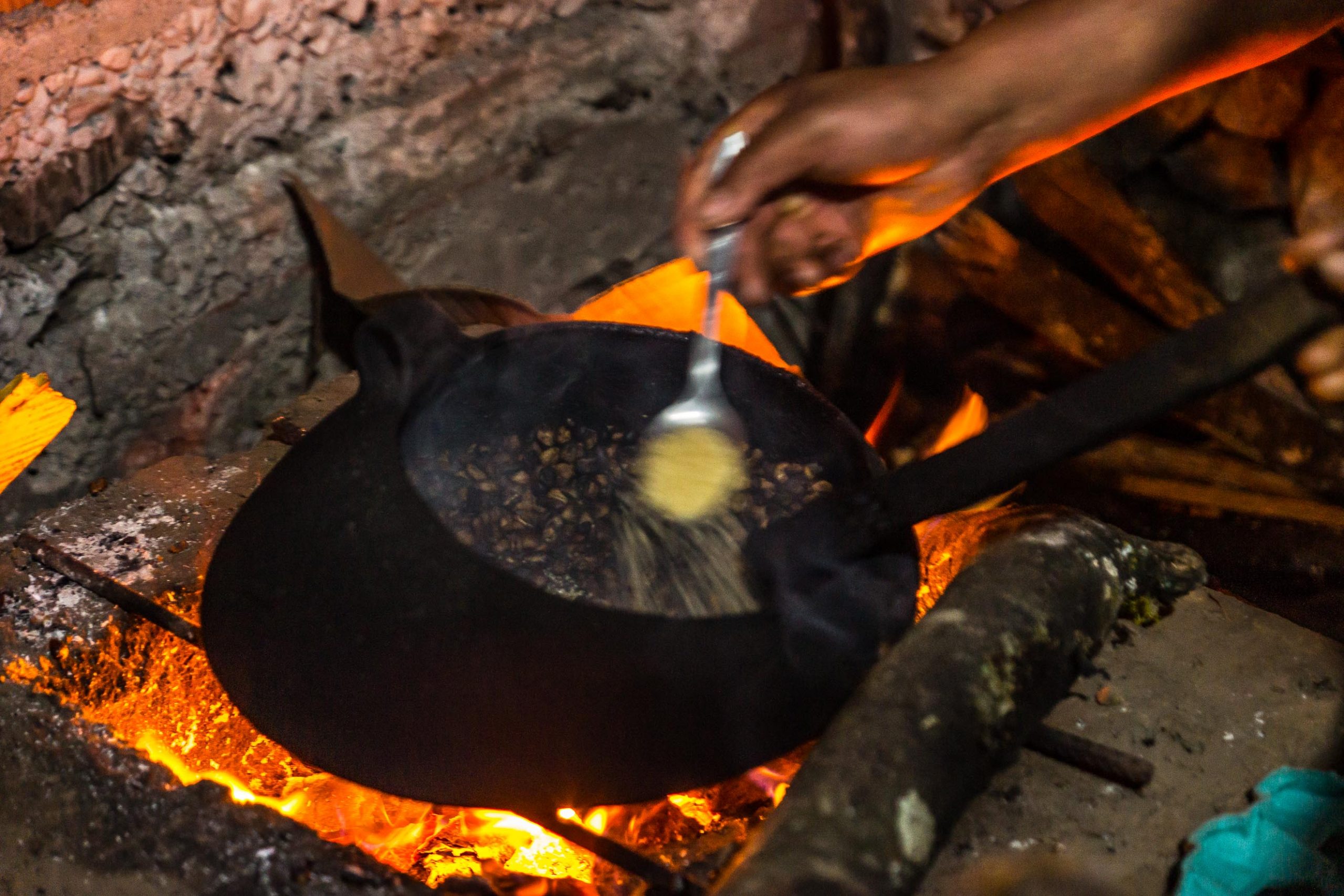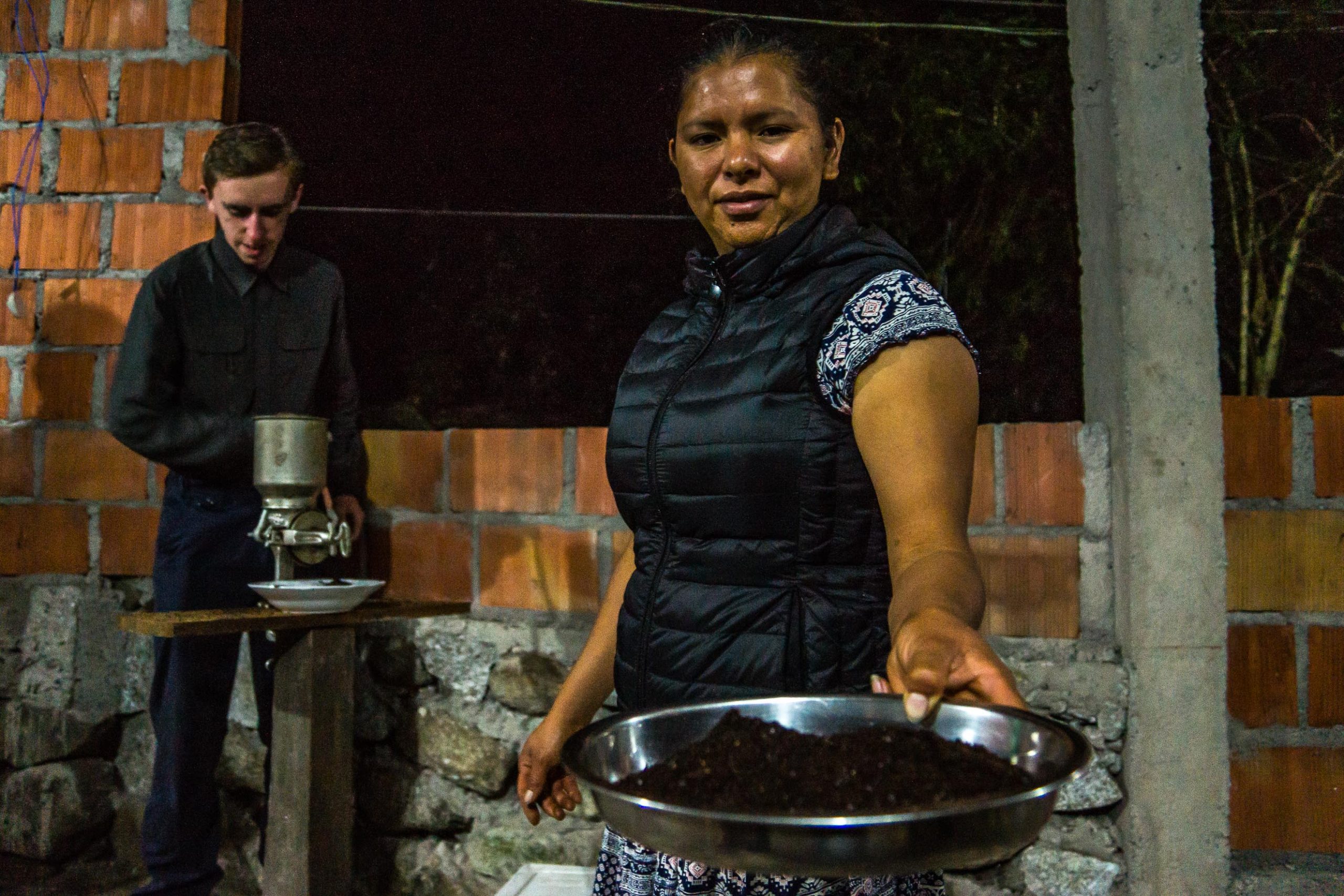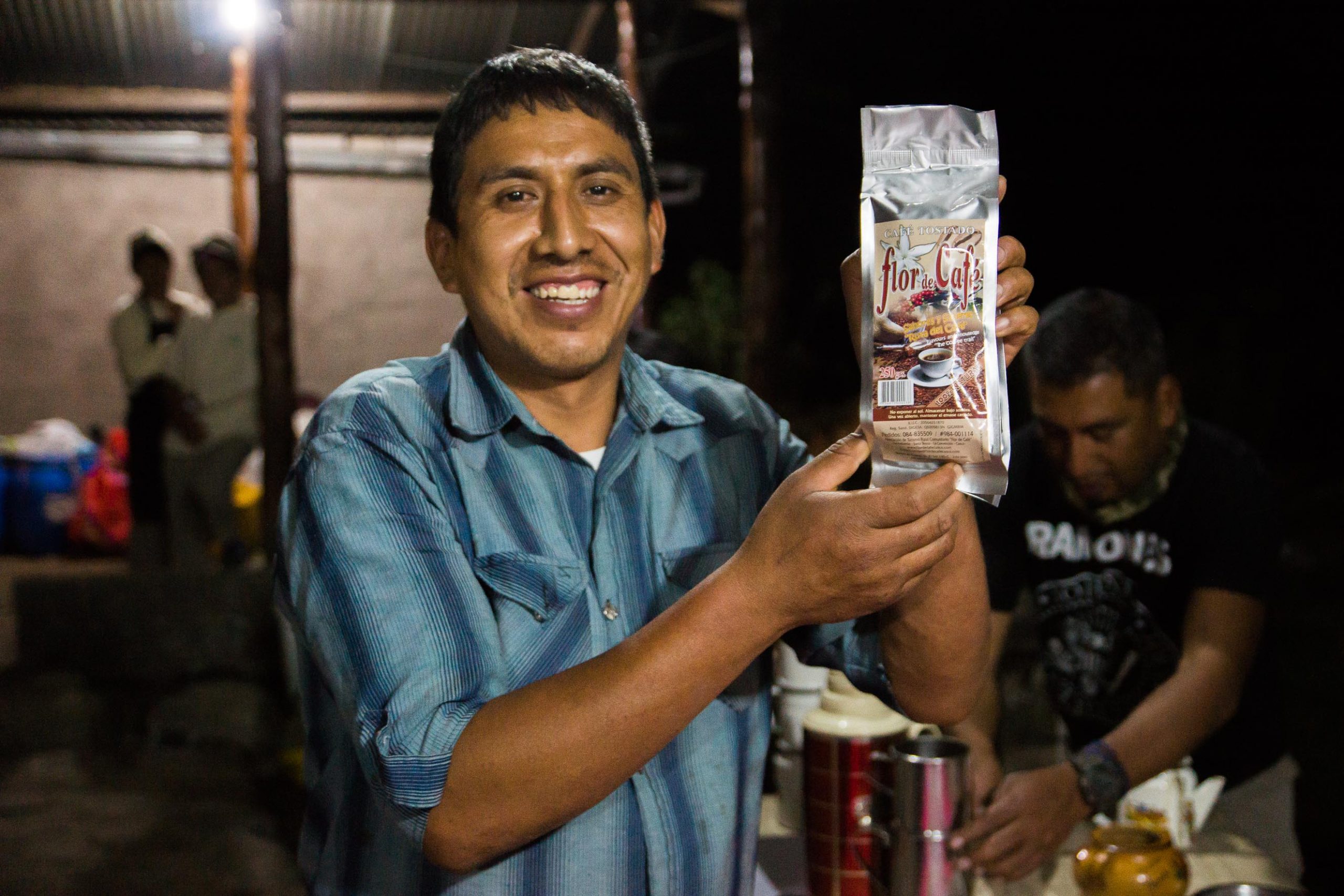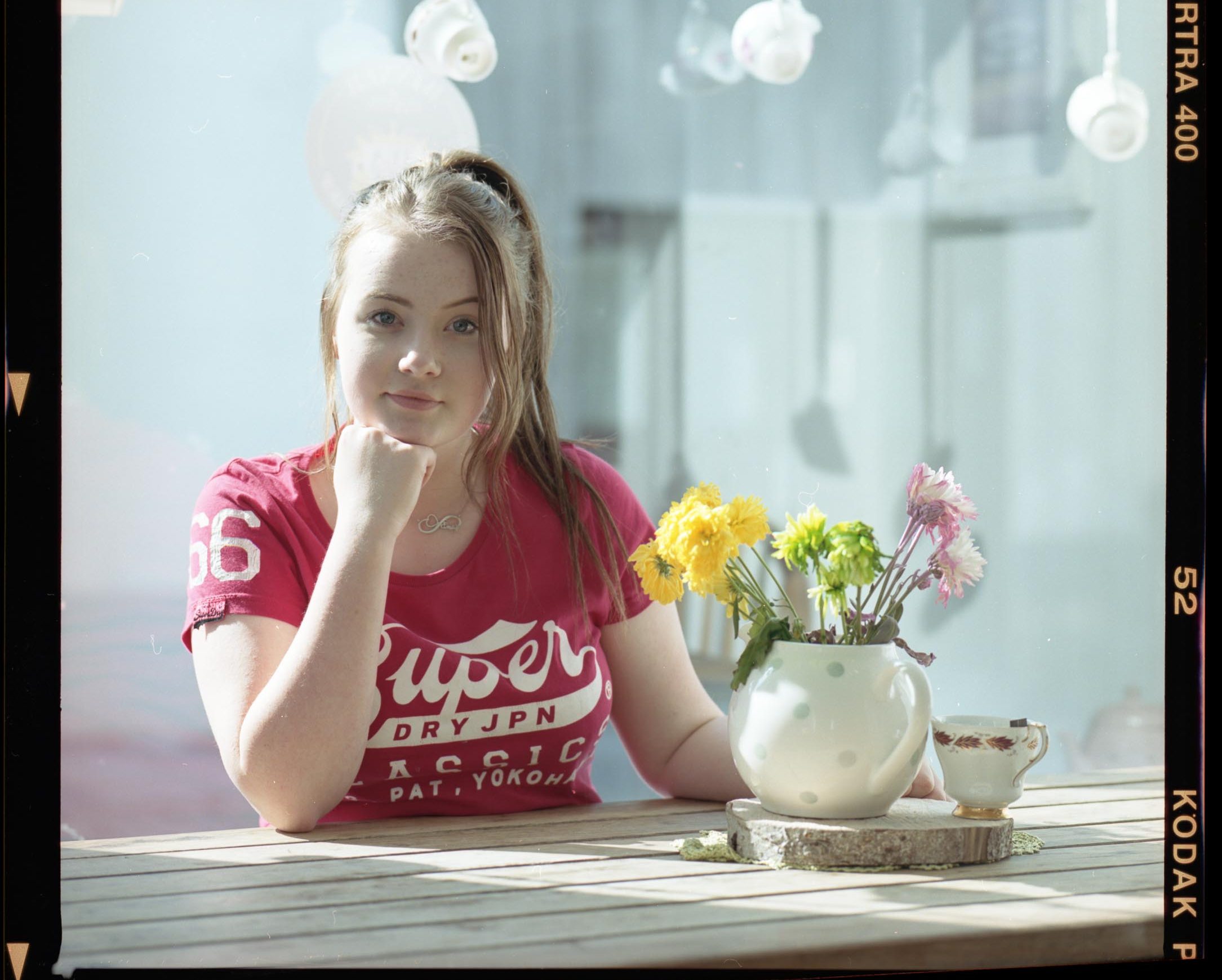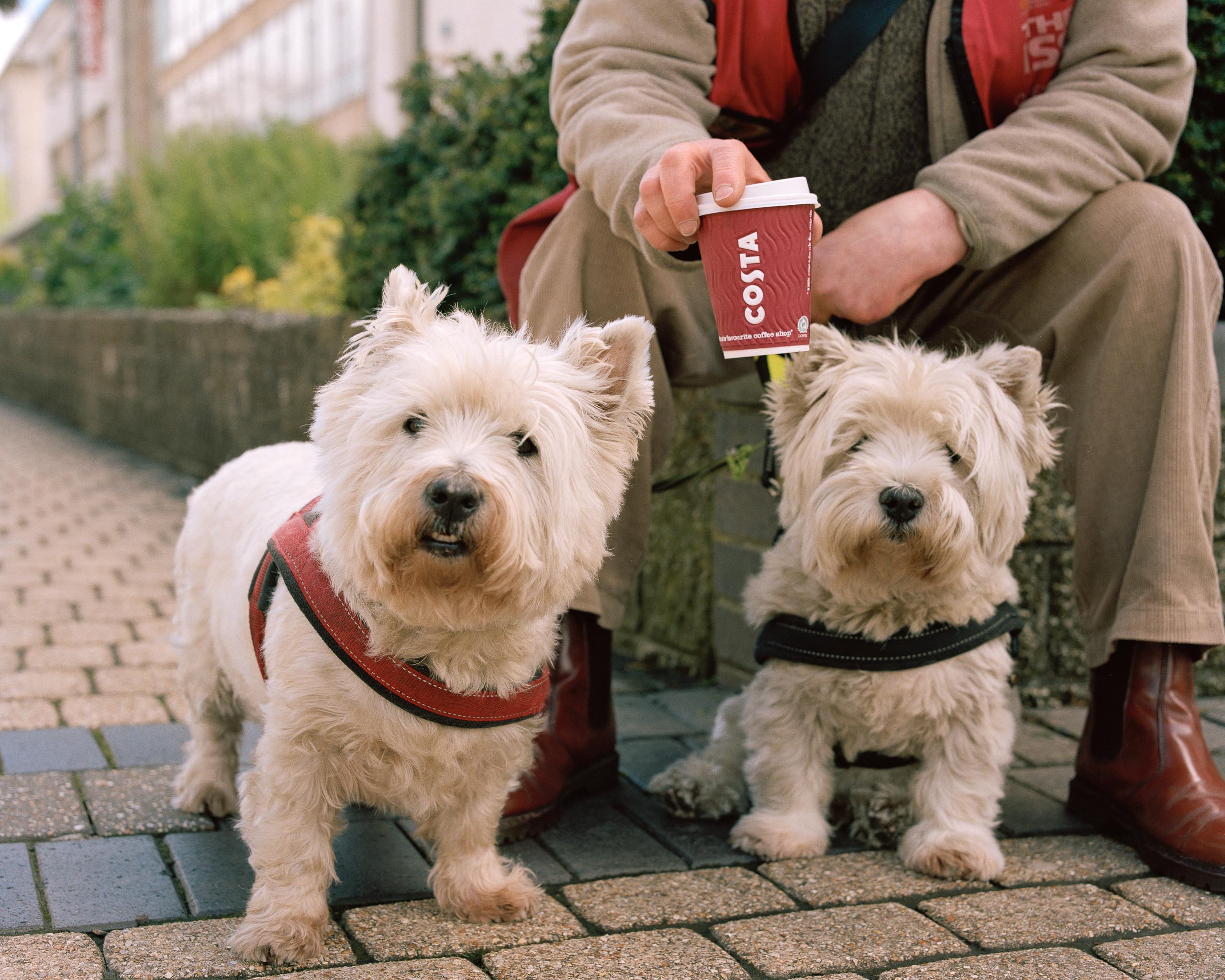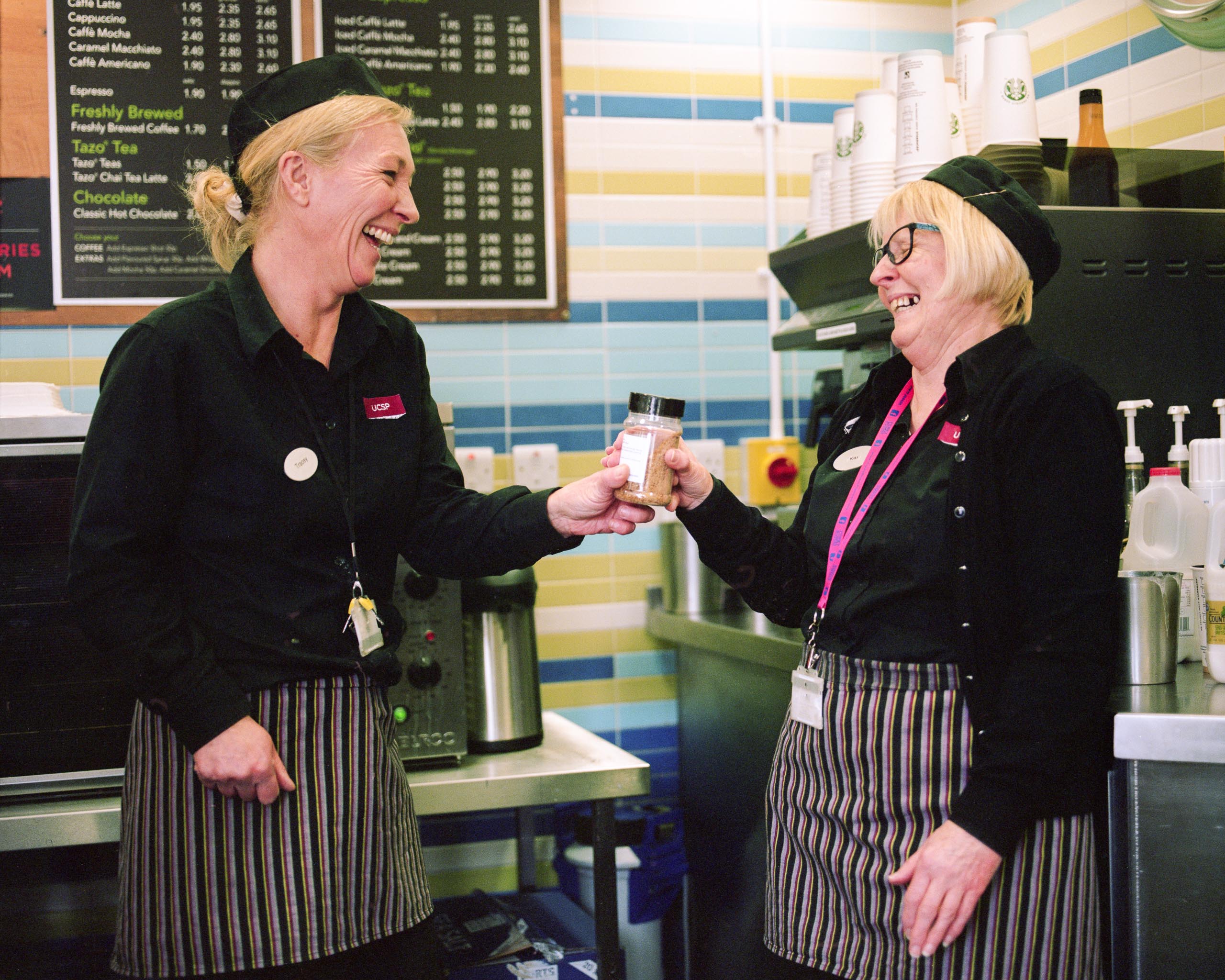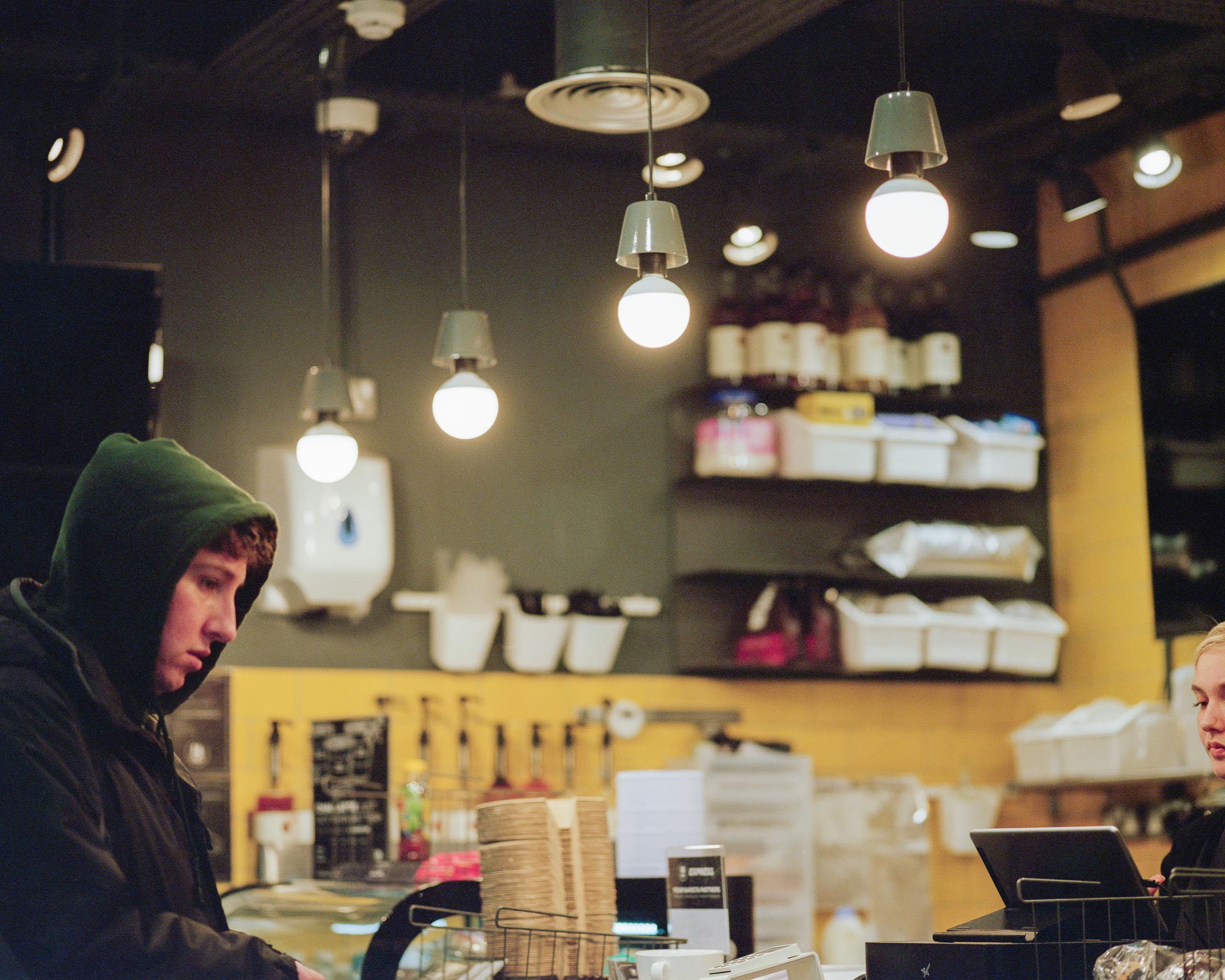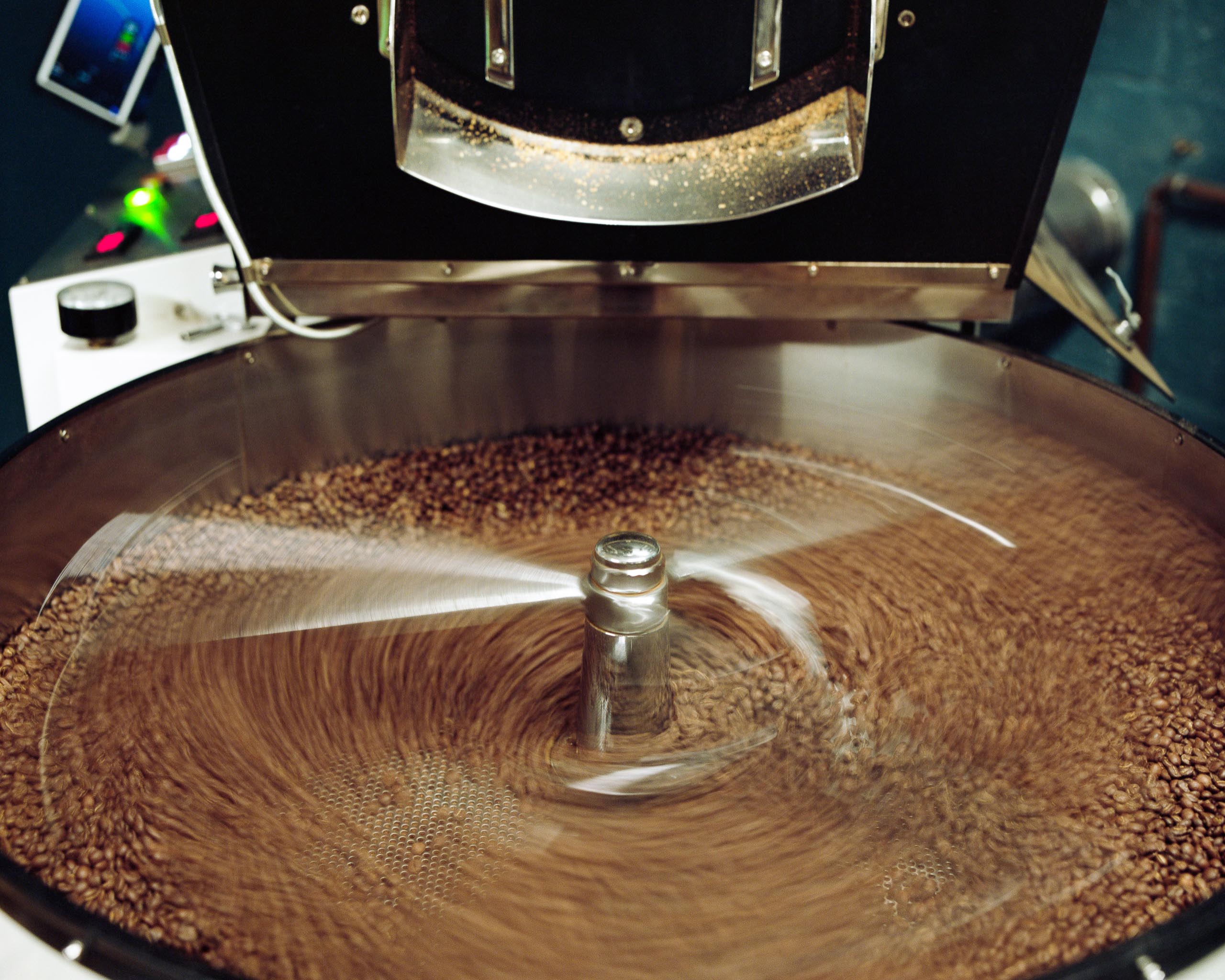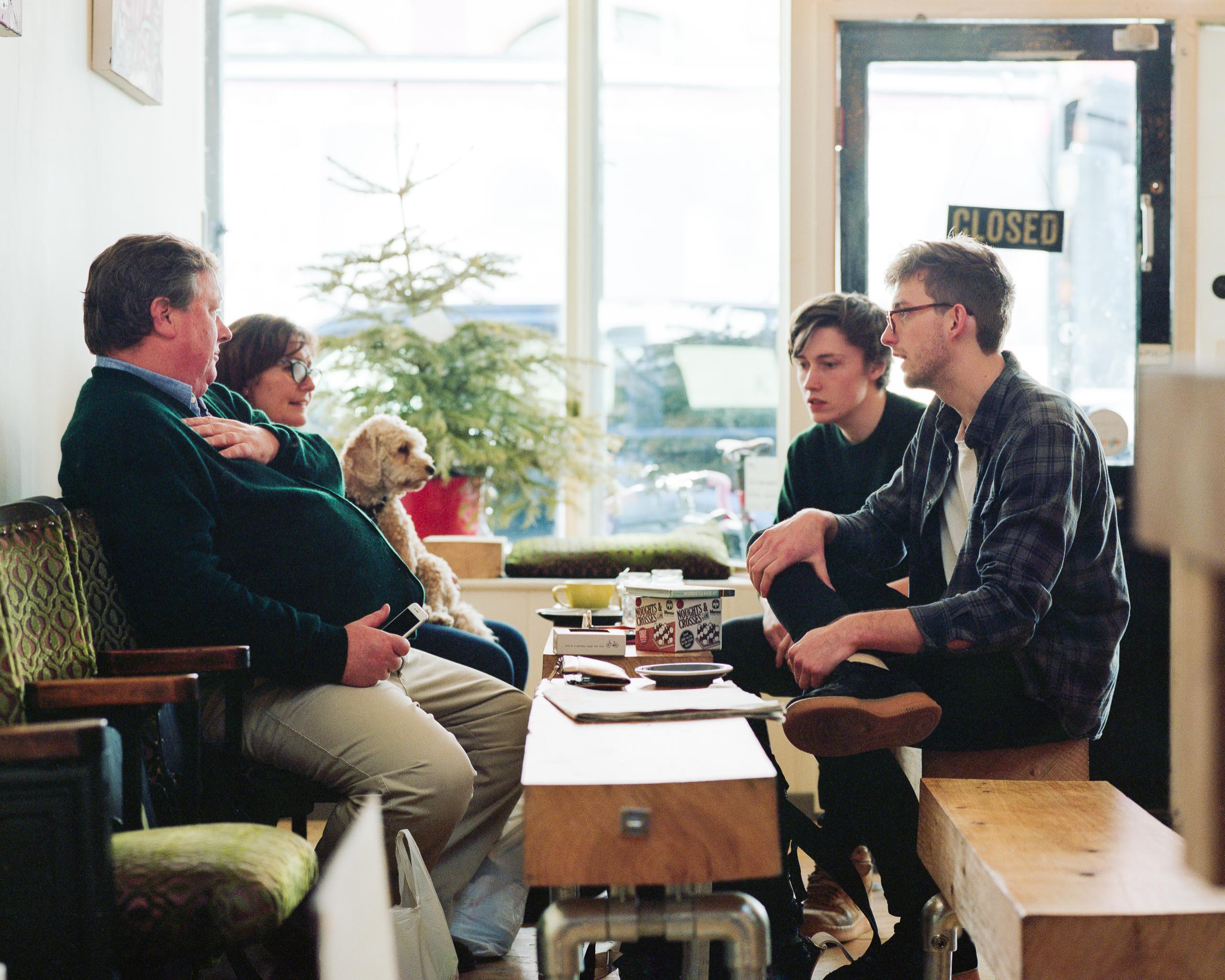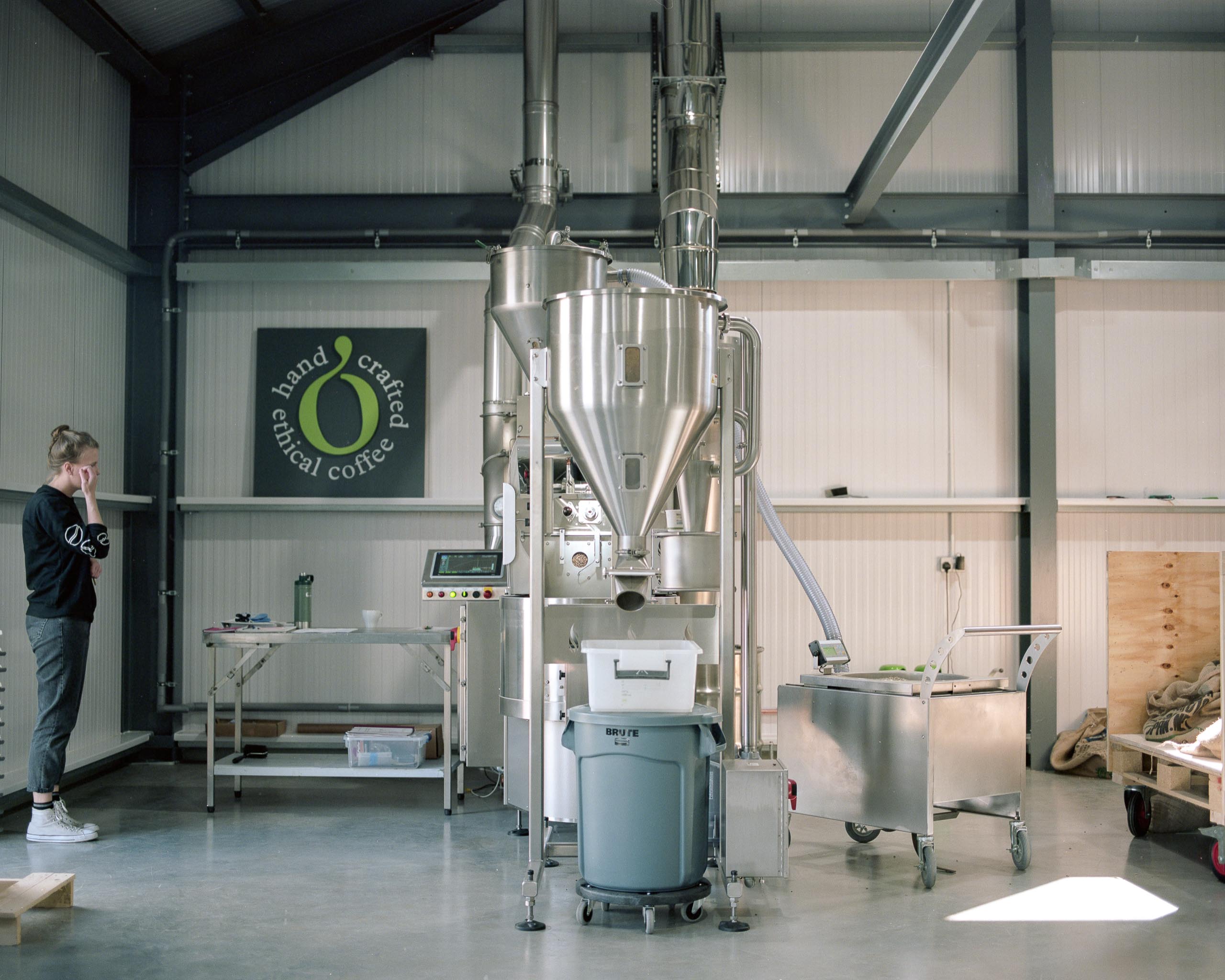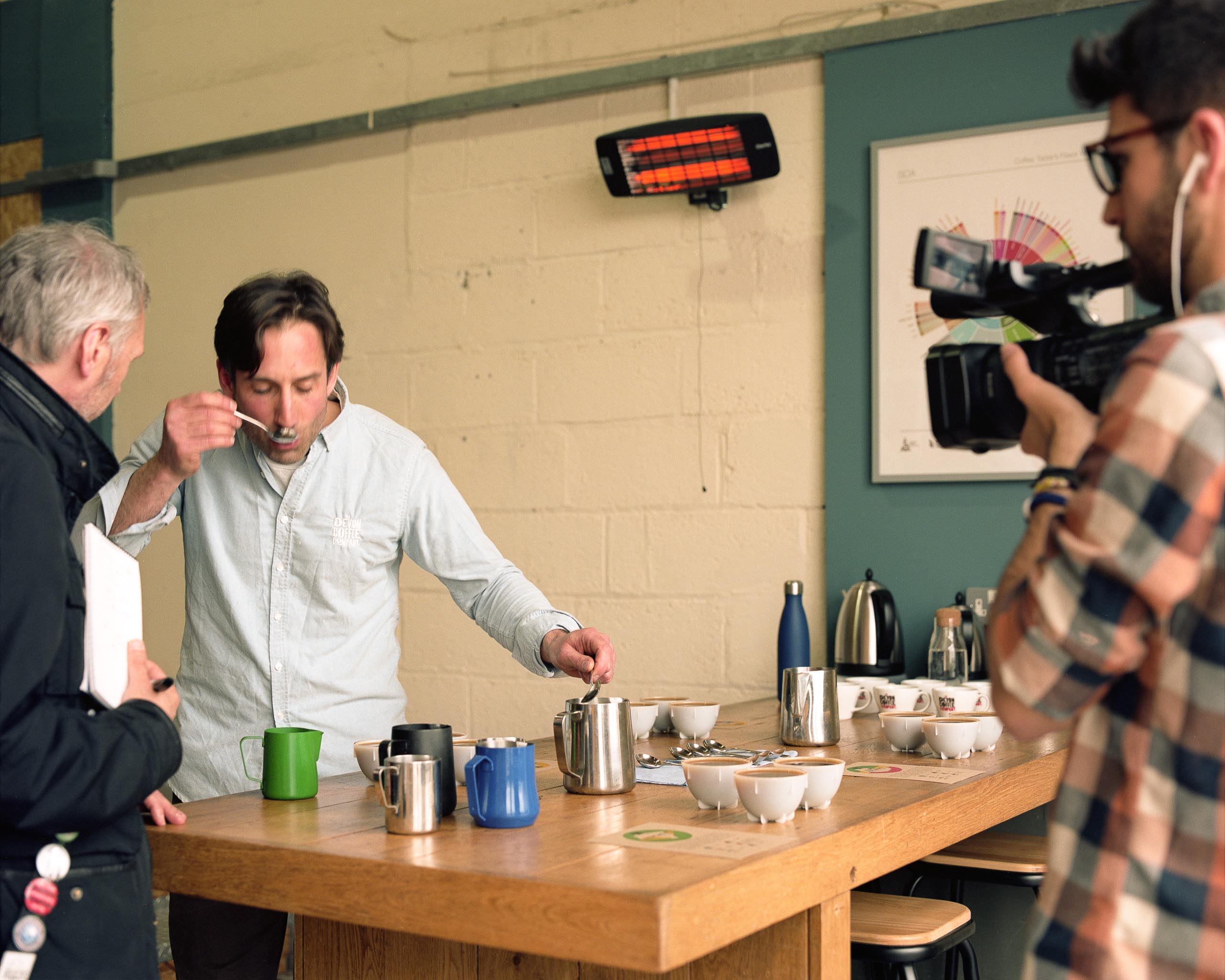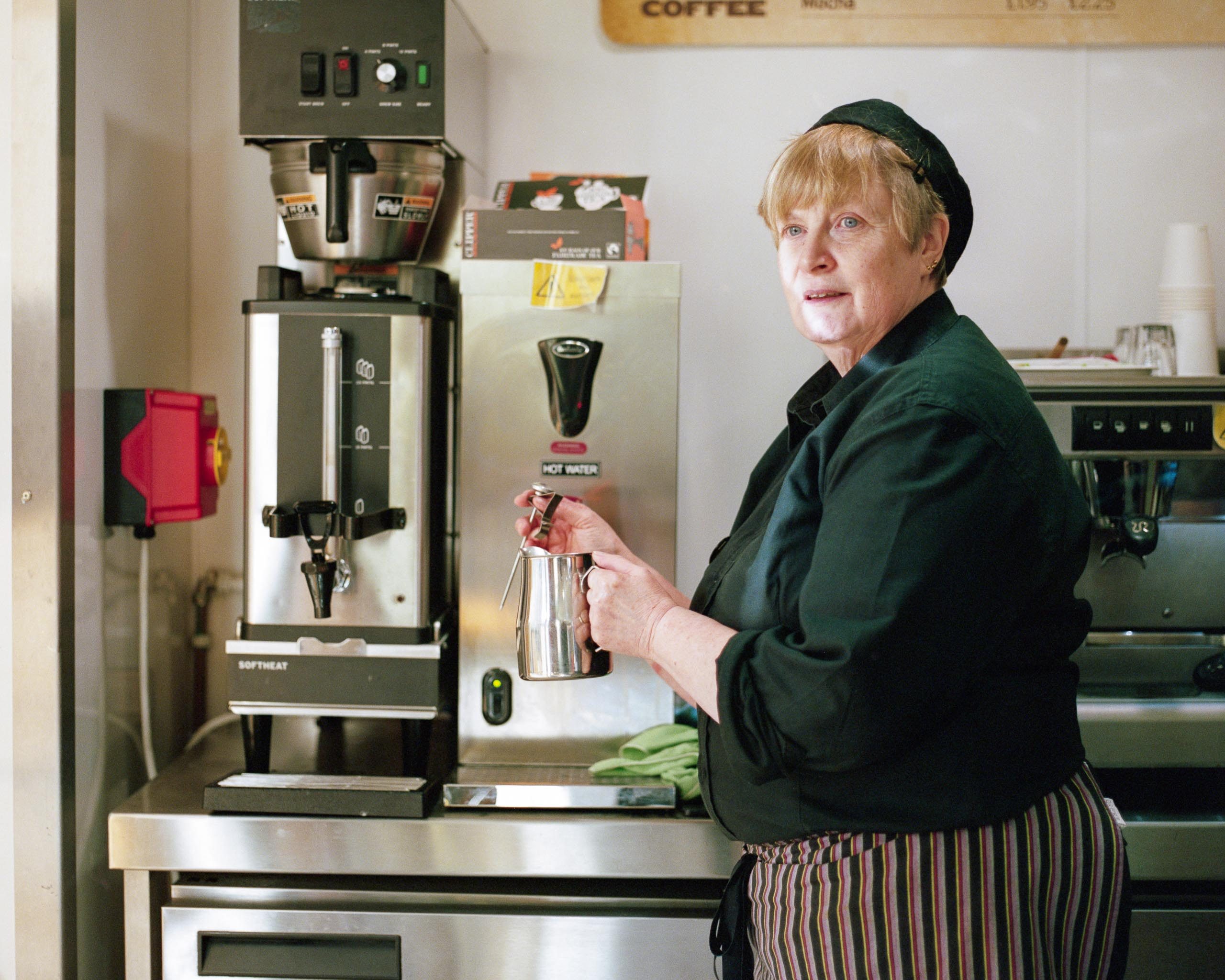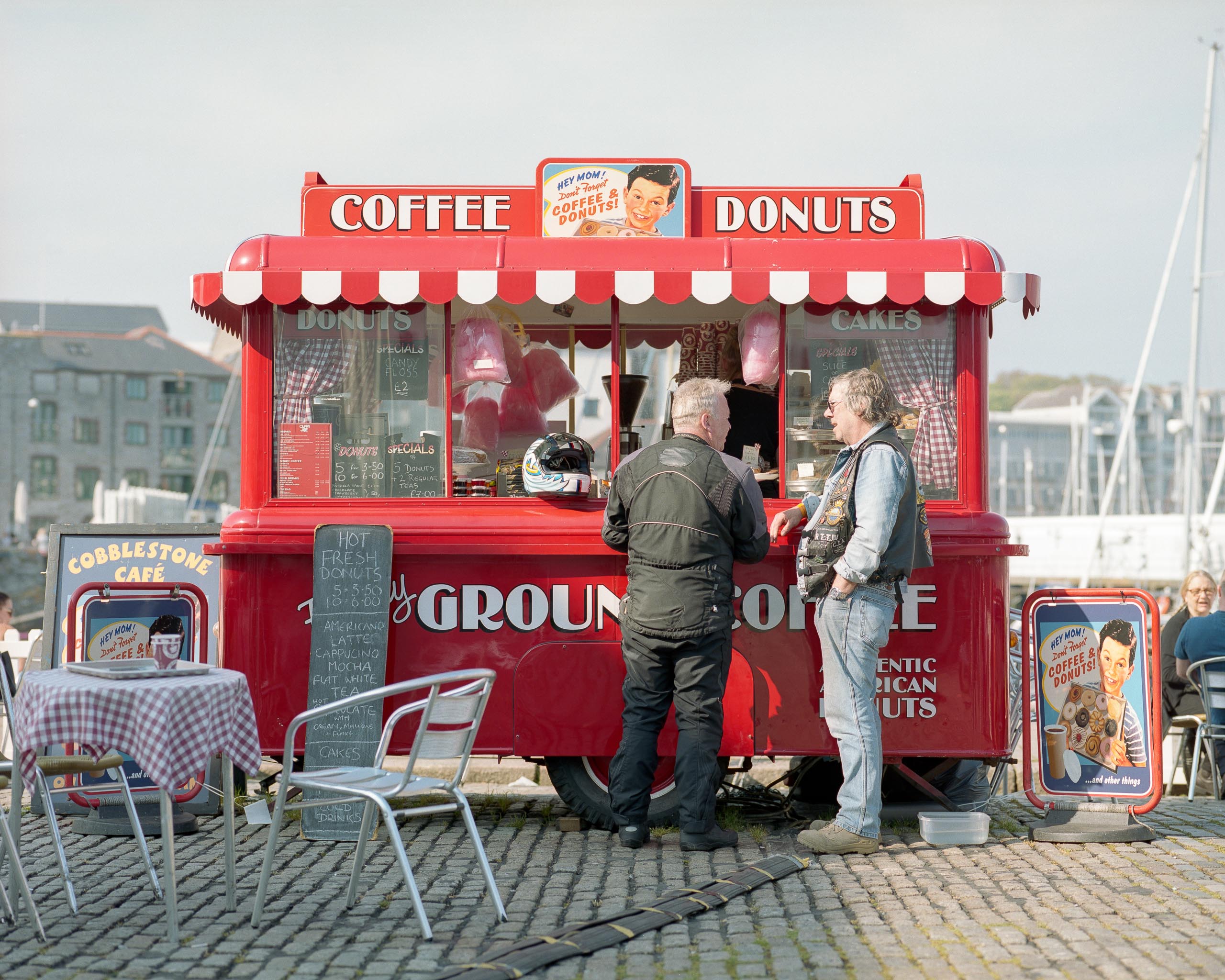‘Coffee has been alternating hell and heaven, source of all the diseases or a universal panacea.’
‘The most expensive and rare coffee, Kopi Luwak, comes from the excrement of the Asian palm civet.’
‘Three cups of coffee a day clears out your arteries, study finds.’
‘Coffee sold in California must carry cancer warning, judge rules.’
So what’s the purpose?
This project, so far, has been a photographic exploration of the coffee industry in Plymouth and the surrounding area, looking at the workers, consumers and culture surrounding coffee. Part of this culture is synonymous with being more conscientious of where and how we get our food products – but how much of it is just for show?
In the western world, in a market designed for the consumer, we have a disconnect from how coffee is grown, produced, and sold.
Traded by large multinational companies, there is a significant value added to the final product, creating a disparity of benefits across the value chain.
Coffee is cultivated almost entirely in developing countries by smallholders. The most popular way of farming coffee: large-scale mono-cropping, is responsible for much deforestation.
The practice of growing coffee in other ways paths a more sustainable future in one of the largest industries in the world; a blueprint that could be adopted across the agricultural practice.
Shade-grown coffee plantations are documented as one of the most promising lands uses in Rainforests: achieving both conservation goals and supporting human livelihoods. I hope to be able to highlight successful initiatives – like this – towards sustainability, conservation and ethical practices through the remainder of this project.
I regard this work as part 1 of a deeper look into the coffee industry – and the overall relationship we have (in Western society) with products coming from the Rainforest.
I’m currently in the process of planning another trip to South America, but this time to the “home” of coffee: São Paolo, Brazil. Brazil is by far the worlds largest producer, supplying 1/3 of the worlds’ coffee, and it has been producing it for centuries.
Epilogue: How the project began
– Extract from the first book draft
In August 2017 I was in Peru, walking through secondary Rainforest, in an area that 60 years prior was farmland. My guide pointed out a tree. He knelt down and picked up a seed and showed it to me; sure enough, it was the unmistakable coffee bean. There was something poignant about seeing this tree, responsible for the production of one of the most popular drinks in the world, inconspicuously blending amongst the flora of the Rainforest (below).
My guide also pointed out pollution from gold mining in the tributaries (on many occasions) running off from The Amazon river. Even though I knew some of the products we consume have an effect on the Rainforest, seeing it first hand was different.
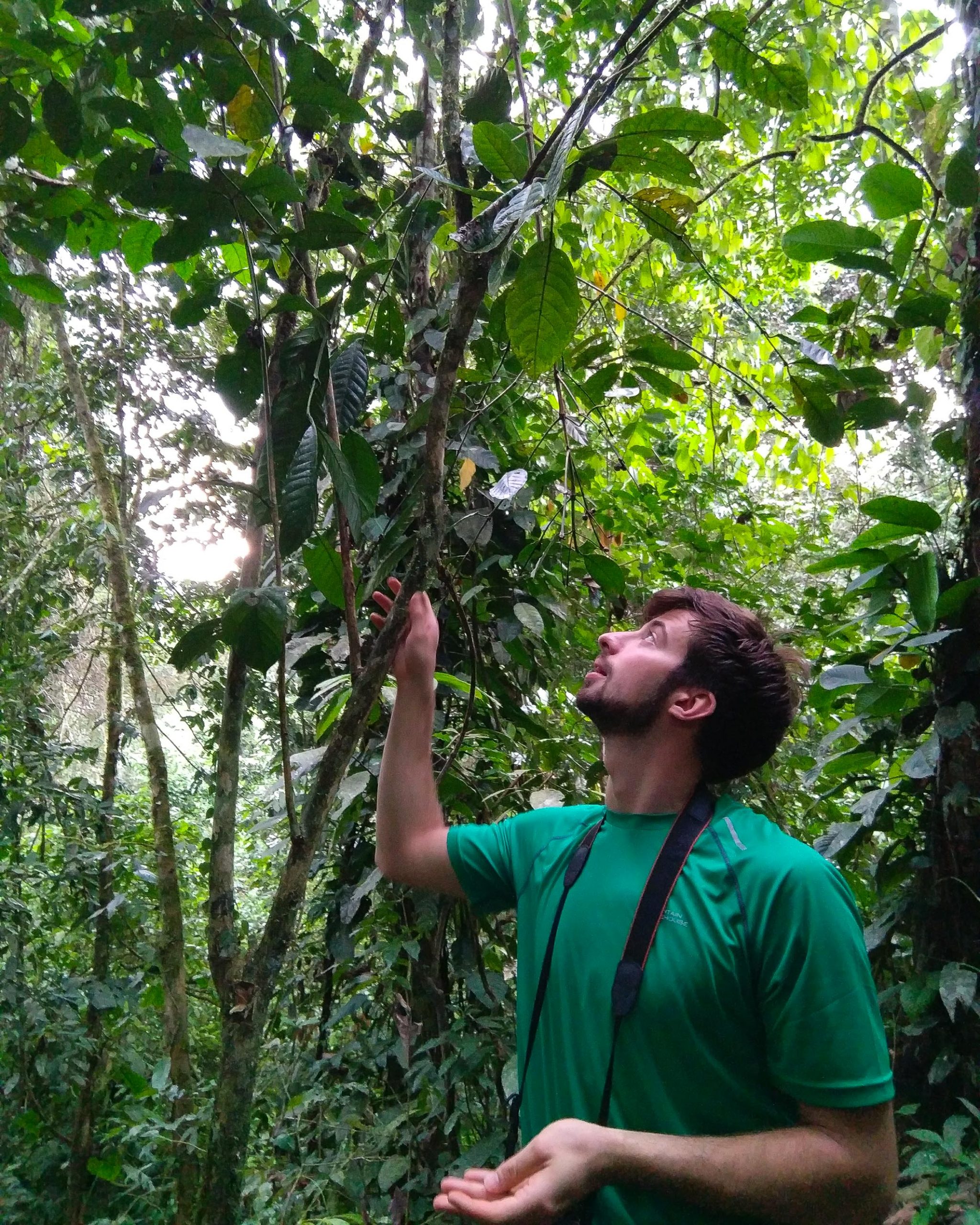
A week later I was sleeping in a campsite within a coffee plantation. They allowed us to take part in their traditional method of roasting and brewing coffee. It was quite an experience, and it encouraged my desire to learn more about produce that is grown in the Rainforest – or in areas that once were.
During this trip I was actually looking to take a break from photography, and only took an old back up Sony A33 and one lens – a choice I will forever regret! I still made the most of what I had though. I spent way too long on night walks, snapping photographs of all the fauna I could find – check them out here.
